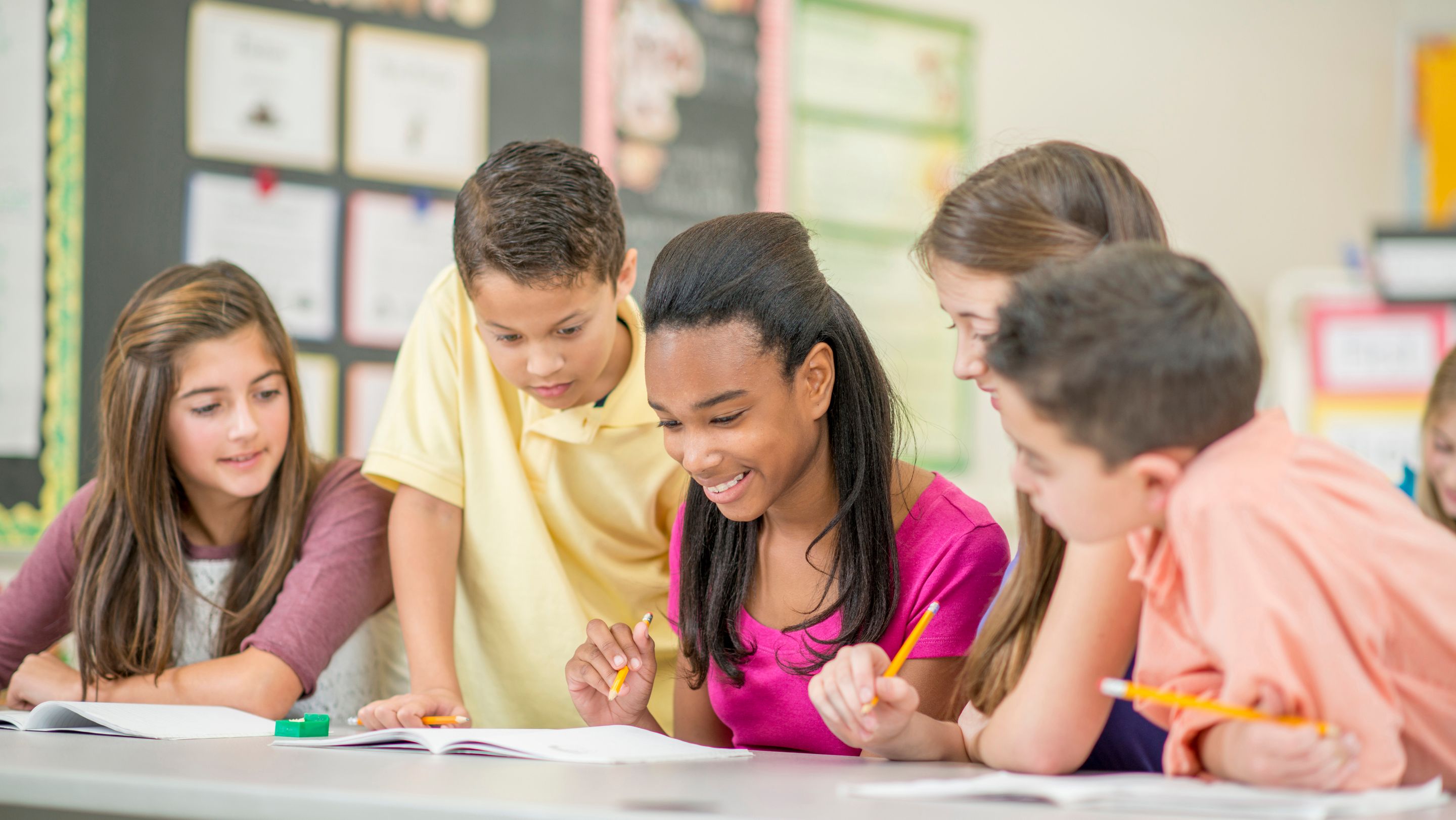As I prepare myself to begin my first year as an educator, I find that I have a mixture of feelings. The most prevalent feeling I have is a sense of excitement for the upcoming school year and the possibilities it holds. My excitement is intertwined with nervousness as I stand of the precipice of having my own classroom, my self-constructed curriculum, and mostly importantly, students I am fully responsible for. I have the upmost faith in the education and experiences I received from Saint Michael's College and I have been steadfast in preparing myself in anticipation of the new school year. As I brainstorm and reflect on ideas in how to organize my classroom, build unit plans, and purchase supplies, I am aware that I will never feel truly prepared when the first day of the school year commences.
As I mentally and physically prepare myself as a first year educator, I have found it helpful to outline the principal objectives that I accomplish this school year. With this foundation, I will build my unit and lesson plans, outline the entirety of the academic year, and ensure that my students are prepared for following years. These objectives will not be neither content-based or grade-based, however they will contribute to my goal to have my students express their learning and knowledge in a meaningful manner. My personal objectives for the year will be:
1. Establish and maintain positive and meaningful relationships with my students
This objective has been the cornerstone of my educational philosophy since my initial education class in college. I understand my role as an educator and a mentor in the classroom, yet I do not want to create a strict authoritarian role with my students. I will facilitate student learning in my classroom, reflect and value their feedback, and mostly importantly, adapt my curriculum to their learning styles. My students will be able to speak with me and know that their opinions are valued and needed. Respect in my classroom will begin with my example and stem to the students as we progress through the year together.
2. Build a positive and inclusive learning environment for all my students
My classroom will be a safe haven for all my students. Opinions and ideas will be respectfully expressed and discussed, with no insults or harsh words exchanged between students. Education thrives in debate and discussion, with students freely sharing ideas and points of view that other students may have never considered. Disagreement will be civil and respectful. An inclusive classroom is a necessity, as all students are equal partners in their learning. I will adapt my lesson plans to fit the needs of students, however the learning targets will never change for students. The journey for students may be varied, but they will all achieve the objectives we set as a class.
3. Learn from my students to become a better educator
There is a wealth of knowledge I can learn from my students this year. Their feedback and achievements will guide and instruct me on the teaching strategies that are successful and the methods that will need to be refined. I understand that methods that were previously successful may not be effective this year. When my students have a grasp of the content and an understanding of the concepts, then I will know that I was successful. Positive student relationships with my students will help them be more forthright with both their praise and their criticisms. I will not take either personally, as constructive feedback is the only manner that I can improve my teaching style.
4. Ensure that parents are fully informed of their student's progress
I will partner with parents as a means for us both to be educational instructors to their student. Parents should be informed of their child's progress and I will strive to maintain open dialogue with all parents. I will accomplish this by way of scheduled emails, blog posts, and meetings throughout the school year. Parents will be free to contact me with any questions or concerns and I will promptly respond to them. As with my students, I will value their feedback and strive to maintain meaningful relationships with them. I want to encourage parent involvement in any manner.
With these objectives, I approach the upcoming school year with determination and enthusiasm. I look forward to meeting my students and accomplishing important and critical material this year. The success achieved this year will benefit both my students and myself.
As I mentally and physically prepare myself as a first year educator, I have found it helpful to outline the principal objectives that I accomplish this school year. With this foundation, I will build my unit and lesson plans, outline the entirety of the academic year, and ensure that my students are prepared for following years. These objectives will not be neither content-based or grade-based, however they will contribute to my goal to have my students express their learning and knowledge in a meaningful manner. My personal objectives for the year will be:
1. Establish and maintain positive and meaningful relationships with my students
This objective has been the cornerstone of my educational philosophy since my initial education class in college. I understand my role as an educator and a mentor in the classroom, yet I do not want to create a strict authoritarian role with my students. I will facilitate student learning in my classroom, reflect and value their feedback, and mostly importantly, adapt my curriculum to their learning styles. My students will be able to speak with me and know that their opinions are valued and needed. Respect in my classroom will begin with my example and stem to the students as we progress through the year together.
2. Build a positive and inclusive learning environment for all my students
My classroom will be a safe haven for all my students. Opinions and ideas will be respectfully expressed and discussed, with no insults or harsh words exchanged between students. Education thrives in debate and discussion, with students freely sharing ideas and points of view that other students may have never considered. Disagreement will be civil and respectful. An inclusive classroom is a necessity, as all students are equal partners in their learning. I will adapt my lesson plans to fit the needs of students, however the learning targets will never change for students. The journey for students may be varied, but they will all achieve the objectives we set as a class.
3. Learn from my students to become a better educator
There is a wealth of knowledge I can learn from my students this year. Their feedback and achievements will guide and instruct me on the teaching strategies that are successful and the methods that will need to be refined. I understand that methods that were previously successful may not be effective this year. When my students have a grasp of the content and an understanding of the concepts, then I will know that I was successful. Positive student relationships with my students will help them be more forthright with both their praise and their criticisms. I will not take either personally, as constructive feedback is the only manner that I can improve my teaching style.
4. Ensure that parents are fully informed of their student's progress
I will partner with parents as a means for us both to be educational instructors to their student. Parents should be informed of their child's progress and I will strive to maintain open dialogue with all parents. I will accomplish this by way of scheduled emails, blog posts, and meetings throughout the school year. Parents will be free to contact me with any questions or concerns and I will promptly respond to them. As with my students, I will value their feedback and strive to maintain meaningful relationships with them. I want to encourage parent involvement in any manner.
With these objectives, I approach the upcoming school year with determination and enthusiasm. I look forward to meeting my students and accomplishing important and critical material this year. The success achieved this year will benefit both my students and myself.






